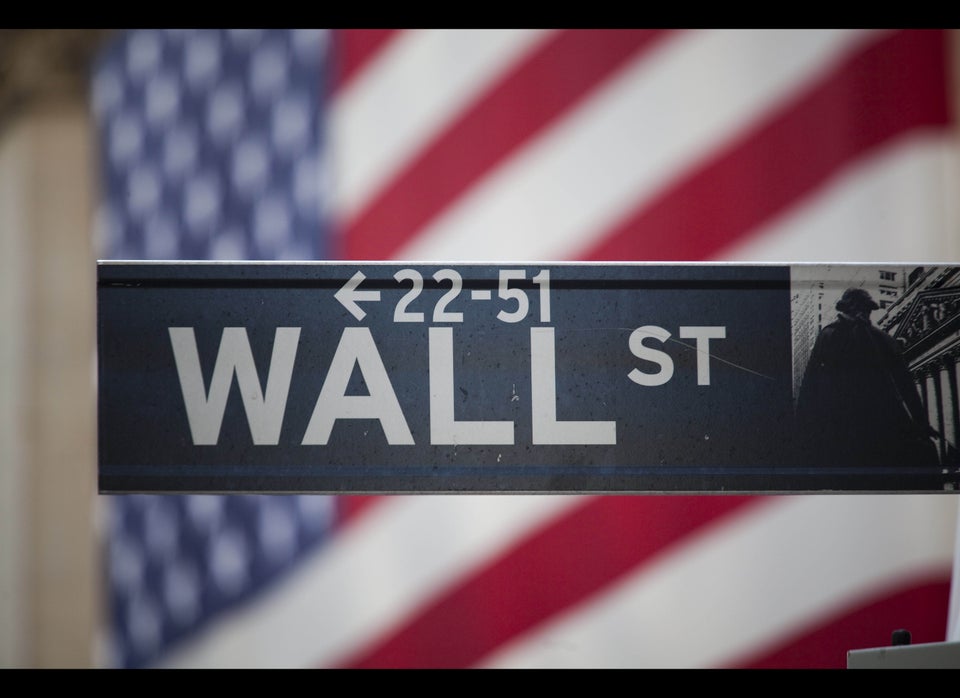
Welfare queens may actually look more like giant corporations.
The government spent about $59 billion to pay for traditional social welfare programs like food stamps and housing assistance in 2006, while Uncle Sam doled out $92 billion in assistance to corporations during the same year, according to an analysis from Think By Numbers, a progressive blog. That means that big, and in many cases profitable, corporations got nearly double the money from the government that needy individuals got.
The analysis finds renewed significance because of the debate raging on the campaign trail and in Congress over government subsidies to businesses and individuals. A video of Republican presidential nominee Mitt Romney slamming 47 percent of Americans for not paying income taxes and feeling entitled to government assistance leaked last week to widespread criticism.
If Romney is elected, policies based on that philosophy may be put into action. His running mate Paul Ryan, for example, has proposed slashing food stamp spending.
At the same time, Romney’s supporters have been asking for more government subsidies for big business. Harold Hamm, Romney’s top energy adviser, asked lawmakers to keep tax breaks for oil and gas companies in place during a hearing earlier this month. Companies tied to Romney's image have also benefitted from government help; Bain & Co. reportedly received a bailout in the early 1990s.
President Obama has proposed lowering the top corporate tax rate to 28 percent in exchange for a reduction in potential loopholes, according to The New York Times. Many corporations already pay well below the current 35 percent rate by using a variety of loopholes.
Not everyone is in favor of corporate subsidies though, even people who have received corporate subsidies. Charles Koch, the CEO of Koch Industries, argued in a Wall Street Journal op-ed earlier this month that crony capitalism is a “destructive force” for business and government. Koch’s company, which also set up a SuperPAC that’s raised more than $2.5 million this election cycle, has benefitted from this so-called “crony capitalism” in the form of subsidies for the oil and gas industry as well as huge government contracts.
